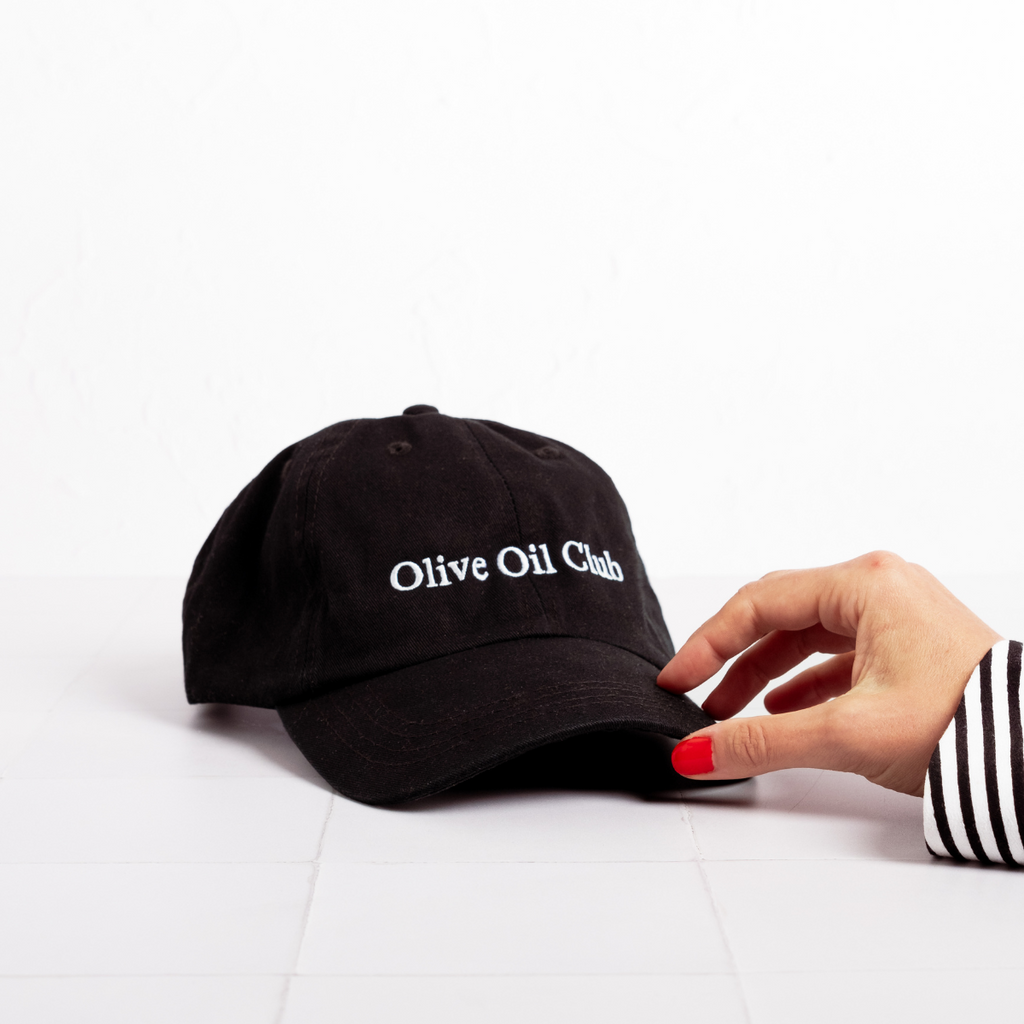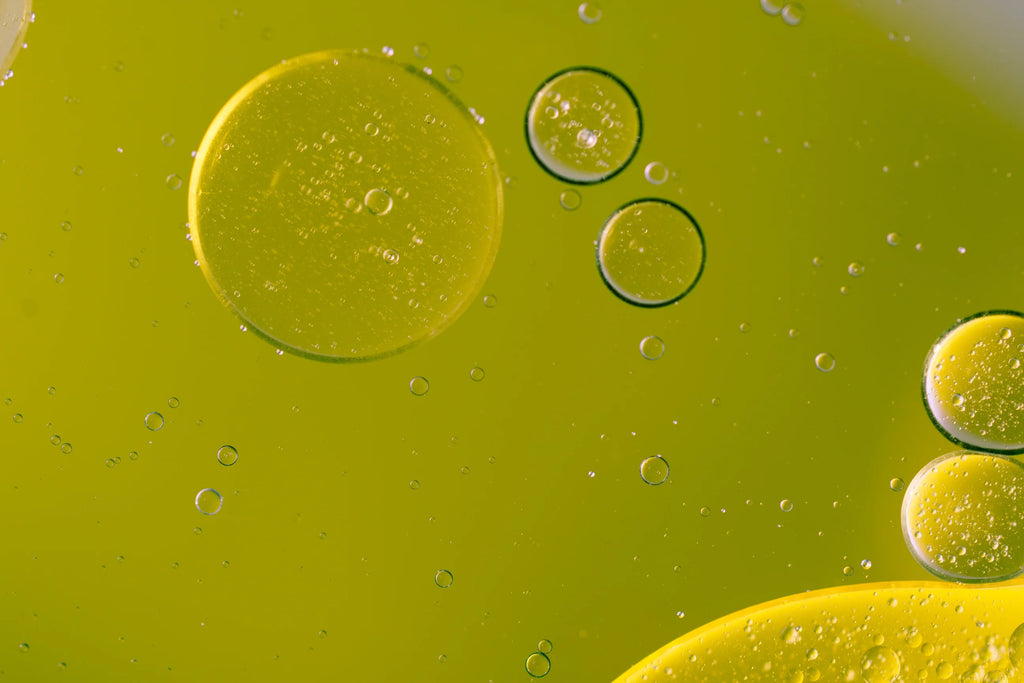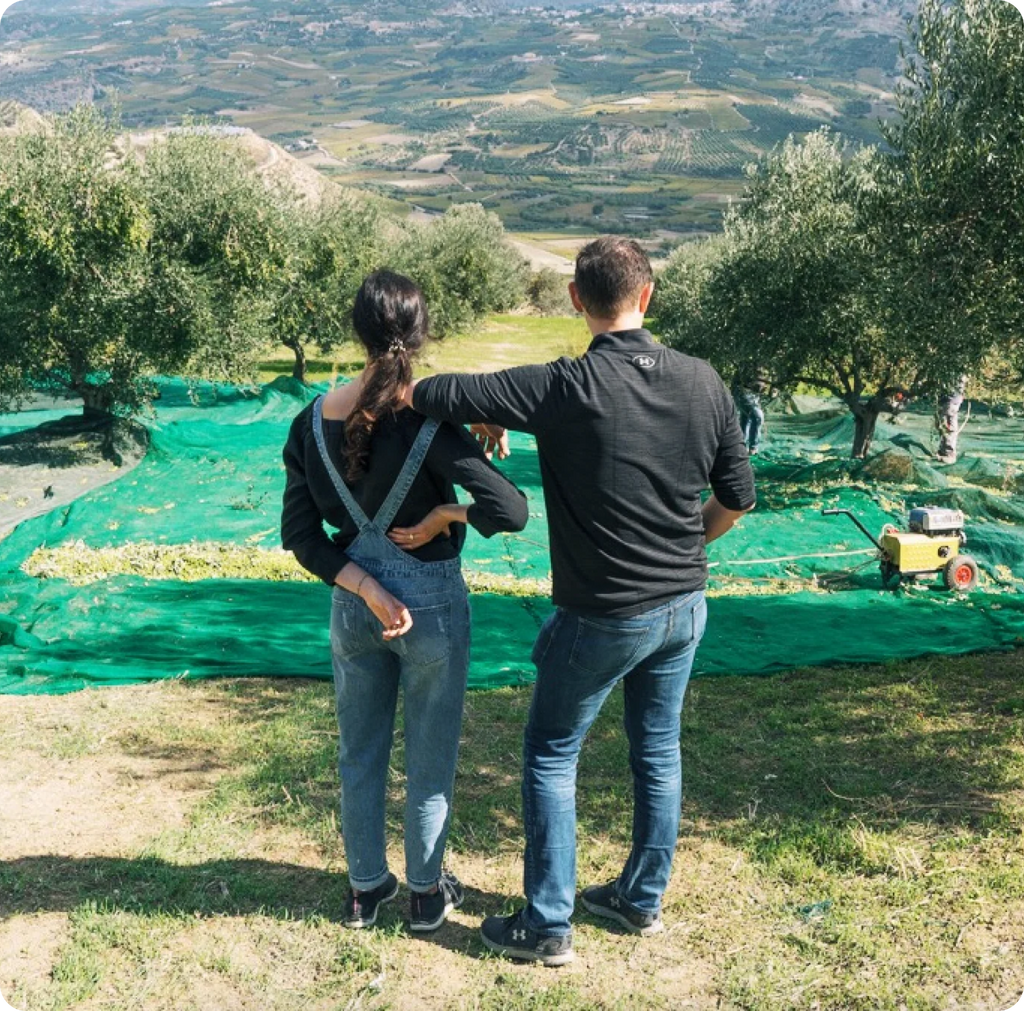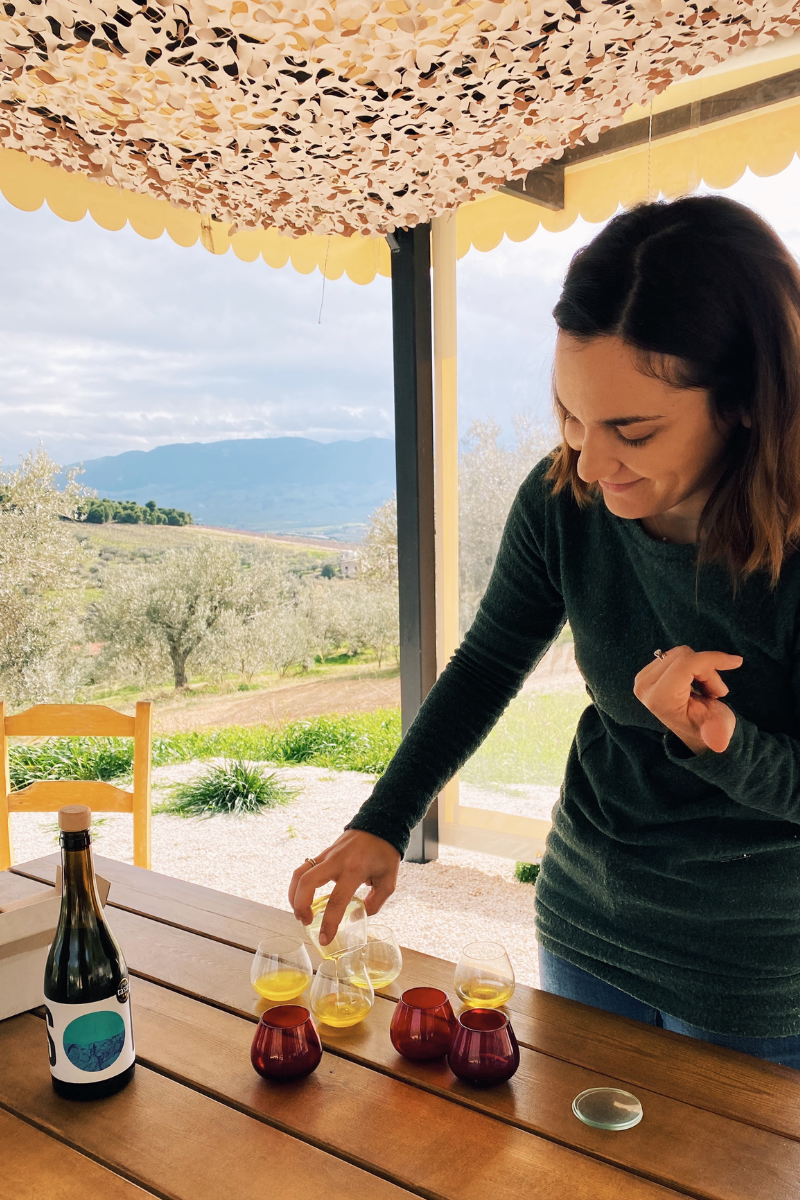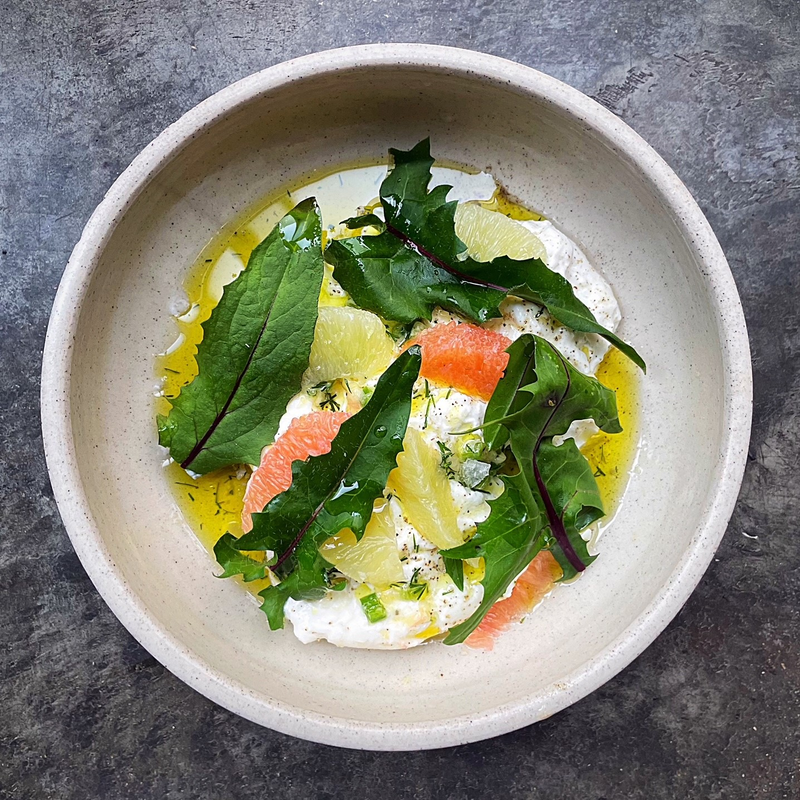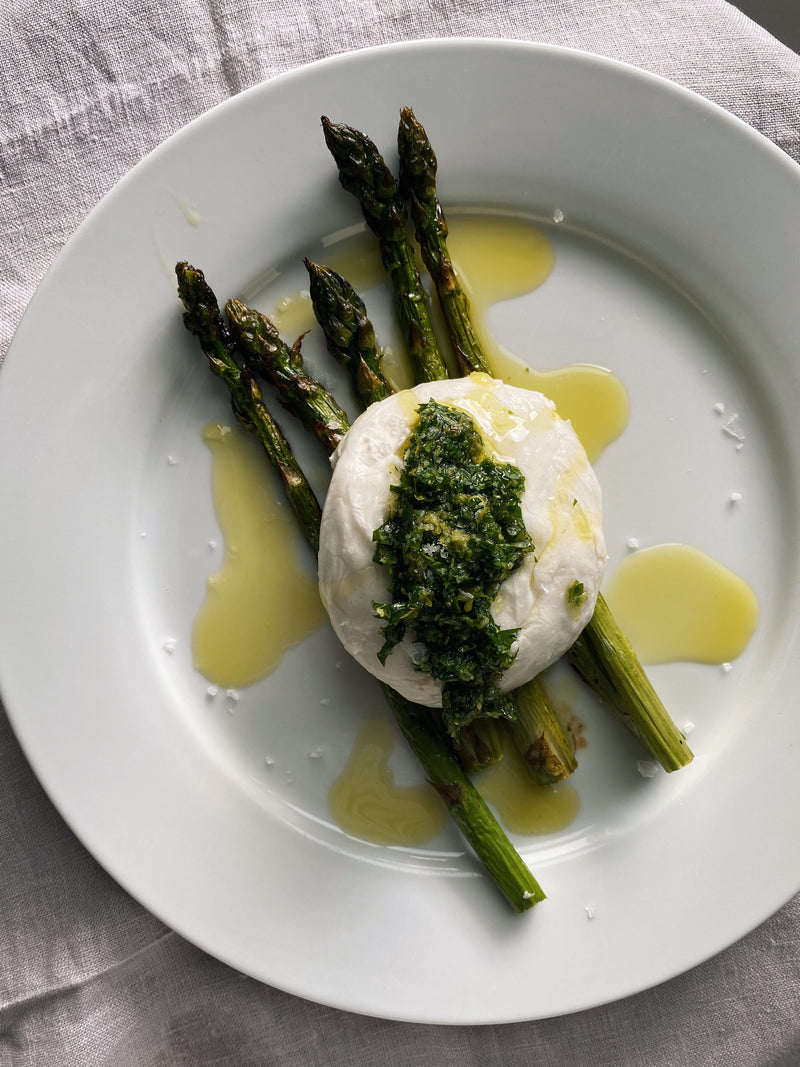Polyphenols in extra virgin olive oil. Everything you need to know.
There’s a lot of talk lately about polyphenols and the important role they play in our overall health. And while they exist in loads of plants, there are some powerful ones specific to virgin olive oils which help to explain why it's been considered a superfood since antiquity.
Perhaps it’s spearheaded by a wider post-Covid health movement, or the “Zoe-fication” from new innovations and research in the nutrition space, or maybe it’s just that we’re forever chasing the fountain of youth…
Whatever the reason, people are suddenly all talking about polyphenols.
And since this is something so near and dear to us in the olive oil space (for a number of reasons, more on that below), we thought we’d break it down from the perspective of those who produce it and serve it up daily at every mealtime.
What are polyphenols?
In short, they’re antioxidants. The term “polyphenol” is really an umbrella term that covers a family of organic compounds that naturally occur in plants.
Also called biophenols, these are highly prized for the antioxidant behaviours, scavenging for free radicals.
Their role in fighting cancer, heart disease, and dementia, among other benefits, has led to them getting more research in the past few years.
While there are more than 8,000 types of polyphenols across a range of plants that we eat and drink, there are around 25 ones specific to virgin olive oil, including oleocanthal, oleuropein, and hydroxytyrosol.
Which oils have the most polyphenols?
Not all oils are created equal.
Virgin olive oils are basically a freshly-squeezed fruit juice. When made best, fresh olives are crushed within hours of picking and the liquids are separated out to give us this unique edible oil that’s unlike anything else on the shelf.
That said, extra virgin olive oils will have the most—since that grading represents a superior quality across the board.
And even within extra virgin olive oils, there are different indicators of higher polyphenols, such as:
- Fresh oils (the closer to harvest date, the better).
- When in the harvest it was produced (the earlier in the season, the better).
- How it was processed (the time it takes to get to the mill as well as the skill and tech at the mill).
- The varieties. Some olives and hyper-regional climate factors will impact the level of biophenols that are produced.
Note: If it doesn’t say “extra virgin” or “virgin” on the label, then the oil inside is refined. And when olive oil is refined, all these lovely polyphenols are stripped out from that intense processing. Sometimes a little are added back, but the levels aren’t even in the same camp as EVOO.
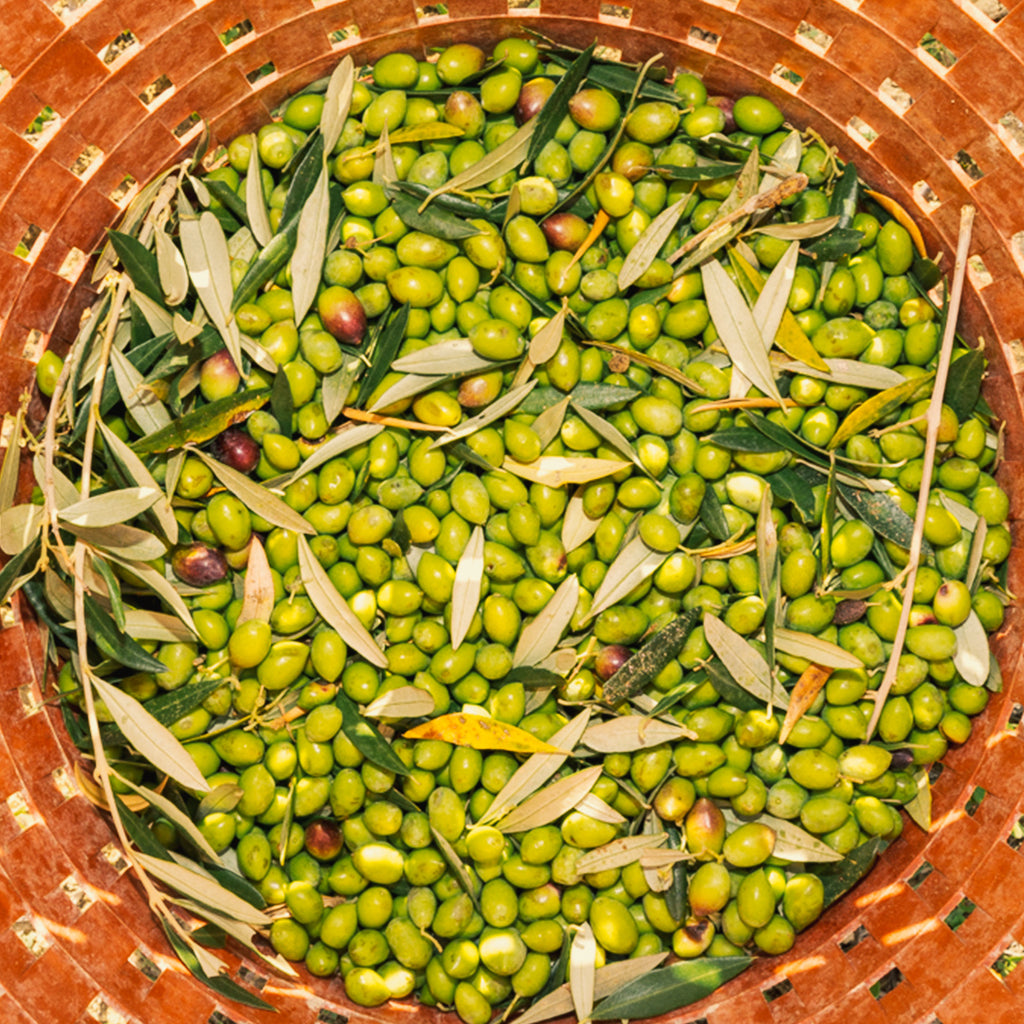
What is “high polyphenol” olive oil?
The first thing to say is that any brand making any sort of health claims that state their EVOO is healthier than another should back that up with evidence.
Do not accept a brand making health claims without sharing their third-party analysis or certification that their oil actually contains more antioxidants than others.
There is actually regulation here. Under the EU Regulation 432/2012 health claim, olive oils with 250 mg/kg of polyphenols or more classify as one that is “high polyphenol”.
To properly use health claims on your packaging, there’s additional testing required: “The claim may be used only for olive oil which contains at least 5 mg of hydroxytyrosol and its derivatives (e.g. oleuropein complex and tyrosol) per 20 g of olive oil. In order to bear the claim information shall be given to the consumer that the beneficial effect is obtained with a daily intake of 20 g of olive oil.” — Official Journal of the European Union
In our view, along with many others in the olive oil industry, we feel that the phenolic content should actually be higher than that threshold.
That’s because polyphenols tend to die off in olive oil over the course of a year by around 40%, which means that if you’re double that “high polyphenol” threshold at the start, then you will continue to have those high polyphenol counts one year on when oils are still on shelves awaiting the new harvest.
When we source an oil, we always ensure it exceeds the 250 mg/kg benchmark, though many of our oils are substantially higher and we also specifically curate some batches that are double or triple that marker to ensure they are truly high more than a year after being bottled.
How can you tell if an extra virgin olive oil is high in polyphenols?
The great thing about polyphenols is that you can taste when they are present in EVOO—and they make food (and drink) actually that much more enjoyable!
Since these polyphenols are what protect the fresh fruit juice that is EVOO, smelling an aroma of plants like herbs, vegetables, fruits, or nuts means they are there doing their job throughout the course of the year from harvest date.
But specifically, certain polyphenols create different organoleptic experiences.
The sensation of bitter on the palate or peppery on the back of the throat are a direct result of polyphenols.
While this creates an incredible flavour experience by elevating dishes through its bitterness and pepperiness, it's also the hallmark sign of polyphenols in olive oil.
To best test this, pour a little olive oil in a small cup. Swirl it around, warm it up with your hand on the cup, and take a big sniff. Follow this with a sip and hold it for a second before swallowing down. (See our tasting notes here).
One of the more exciting findings in the past couple of decades in olive oil was the discovery of oleocanthal. It was found to be “the sole irritant phenolic responsible for the peppery stinging sensation experienced with VOO ingestion and aptly named the compound oleocanthal (oleo for olive, canth for sting, and al for aldehyde). — National Library of Medicine.
Oleocanthal is a potent polyphenol with anti-inflammatory effects that were found to act the same as a low-dose of Ibuprofen, but completely nature-based. The shared qualities between two led scientists to believe that “ that consumption of OC over a lifetime might be one of the factors underlying the health benefits of the Med diet.” — Science Direct
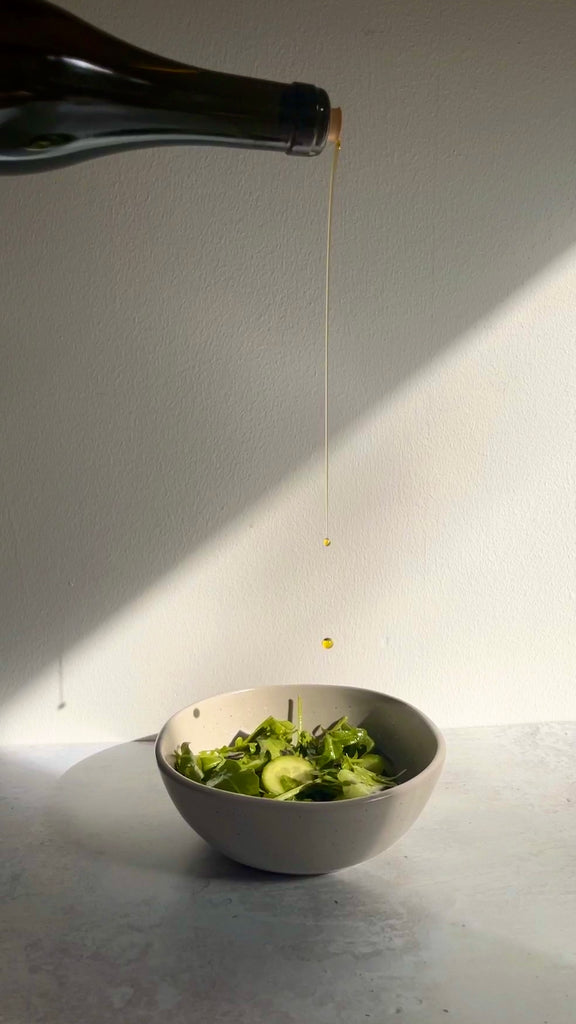
How much extra virgin olive oil should I take to get the benefits?
While research shows you can benefit from as little as 1-2 tablespoons per day, the quantities consumed are much higher around the Mediterranean basin.
A study of more than 7,000 people in Spain found that “those who consumed at least 4 tablespoons (60 ml) of olive oil daily were 30% less likely to develop heart disease, compared with those following a low-fat diet for 5 years.”
To use it like those from the Mediterranean, enjoy across all your mealtimes, such as on your morning toast over yoghurt, through to salads and soups at lunch, and finally to pour over grains and roasted vegetables at dinner.
Even just a little bit could make a difference. As Dr Simon Poole explains: “Two tablespoons of olive oil each day correlates with a 44% reduction in rates of heart disease. Regular consumption of olive oil reduces the risk of diabetes by between 50 and 80% depending on the population studied.”
How many polyphenols should I look to consume from olive oil? Is there a maximum?
This is up for debate. The EU has set the qualification for these "high polyphenol" olive oils at the 250 mg/kg, but as we shared before—many in the community feel it should be higher to best stay at that level throughout the life of the oil (1-2 years).
But with that, one might assume the higher the better with polyphenols, right?
Not exactly. You know how there's a limit on how much Vitamin C you can take before it just doesn't help you anymore? The same might be true in this case.
Back to Dr Simone Poole to explain: "There is convincing data to support the beneficial effects of high polyphenol extra virgin olive oil acting as a protective antioxidant and anti-inflammatory food. There is separate extensive data to show that enjoying 30 to 50 mls of extra virgin olive oil each day is beneficial for health and there are advantageous nutrient exchanges when it is used for cooking and drizzling over other ingredients.
Some producers are promoting extra virgin olive oils with polyphenol levels above 1,000mg/kg in small bottles as nutraceuticals and advocating a 5ml 'dose' each day. The truth is that we do not know whether such oils, consumed in this way, are likely to have similar or enhanced effects. It is even possible that there is a polyphenol concentration that may be so high that benefits are lost or even reversed. Further research is needed in my view before such oils can be recommended."
So while we all want a good, nutritious extra virgin olive oil—this obsession with "high polyphenols" beyond the benchmarks in place now might just not be worth it until there's more evidence to back it up.
It's also worth noting the this high concentration of polyphenols comes at a price.
Not only do they cost more because of how they are produced, the flavours are often much more intense (beyond the levels of what's enjoyable to most folks), so it forces you to actually just take a spoonful instead of using for indulgence and joy across your meals. EVOO is so much more than just a health food, after all.
Other than health, do polyphenols have other positive effects in olive oil?
Absolutely. Like we said above, the presence of polyphenols is something you can actually sense (taste and smell) in an oil.
The main reasons we source high polyphenols olive oils since the beginning is this:
- They give us a more fragrant aroma to the oil.
- They give us that bitter sensation, which is incredible for using with cooking as it opens the palate. You don’t taste the bitter when it’s in a dish, you just feel a heightened flavour of everything on the plate.
- The peppery sensation is pleasant! Like adding pepper to a dish.
- Higher polyphenols make the oil better for cooking.
- The shelf-life is longer. Antioxidants quite actually keep the oil from oxidising and keeps it fresher for longer.
So while extra virgin olive oil is mainly made up of cholesterol-friendly monounsaturated fats, and serves as a nice source of Vitamin E, it might just be the polyphenols that give it its super powers.
Shop the blog









